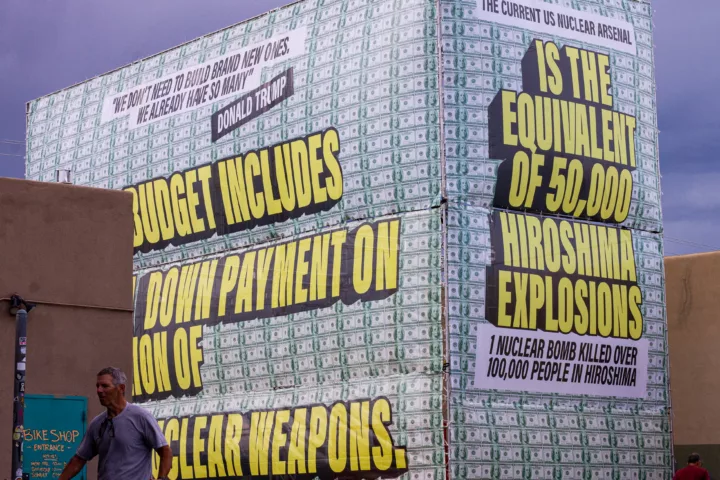To add to the uncertainty surrounding the pending B61 Life Extension Program:
The NNSA’s FY 2012 Congressional Budget Request says that among other things the scope of the B61 LEP will include “implementation and maturation of enhanced surety technologies into the nuclear explosive package,” a major rationale for the program to begin with. B61 surety is especially sensitive given their forward deployment in Europe.
During the last few months I have learned the following from anonymous congressional staff:
• Prestigious consultants to the government (the JASONs) finished a study in January or February on the surety of US nuclear weapons. It is classified with no unclassified summary. One aim of the study (perhaps the aim) was to create baseline criteria for applying surety mechanisms to existing US nuclear weapons.
• In that study the JASONs raised some concerns that NNSA-proposed enhanced surety technologies could impact nuclear weapons reliability. NNSA is now in the process of responding that its enhanced surety technologies are maturing.
• Some congressional staff seriously doubts these new surety technologies will be mature enough for inclusion in the B61 LEP if it starts as scheduled in FY 2012 (which begins this October 1). If I understood correctly, these concerns revolve around multi-point safety and optical detonation. It’s not clear to me whether or not the JASONs share these particular concerns.
• The JASONs are also in the process of preparing a separate cost benefit study on the proposed B61 LEP.
To be clear, I have no way of independently verifying the above, nor do I have a full (or even good) understanding of their implications. It is obvious that the B61 LEP is a very big deal to the nuclear weapons labs. For example, Sandia calls it “the largest effort in more than 30 years, the largest, probably, since the original development of the B61-3, 4, a full-up weapon development effort that began in the late 1970s and entered the stockpile in 1979.” (“Launching the B61 Life Extension Program,” Sandia Lab News, March 25, 2011).
NNSA and the nuclear weapons labs seem anxious to rush the B61 Life Extension Program now before the political momentum of increased nuclear weapons funding as a condition of New START ratification begins to recede. To the contrary, we should hit the pause button on the B61 LEP instead of automatically following the labs’ vested self-interests. In order to prudently conserve taxpayers’ dollars, the B61 LEP should be delayed for a few years while new surety technologies and other issues (such as continuing forward deployment in Europe) are sorted out.

